The B2C e-commerce battlefield has never been more competitive. Customers are no longer impressed by just “being online”—they expect personalized shopping journeys, instant fulfillment, mobile-first design, and flawless ecommerce checkout experiences. Add to this the surge of social commerce and data-driven personalization, and the pressure on brands to deliver has never been higher.
This is where Magento continues to shine. Known for its flexibility, scalability, and ability to support both B2B and B2C commerce, Magento empowers businesses to craft unique digital storefronts that adapt as fast as consumer behavior shifts. But with opportunity comes complexity.
Table of Contents:
- Introduction to modern B2C landscape
- Magento’s popularity & flexibility3
- The Problem: Multi-Platform Chaos Without Sync
- The Solution: Unified Ecommerce Sync Architecture
- How to Choose the Right Sync Method for Your Magento Store
- Action Plan: Steps to Sync Magento with Other B2C Platforms
- Conclusion – CXO takeaway
- FAQs
As brands expand into marketplaces like Amazon and Walmart, Magento alone can’t carry the load. Without proper synchronization across platforms, businesses face inventory mismatches, data silos, resource-draining manual processes, and—worst of all—fractured customer experiences that erode trust.
The solution? A unified e-commerce sync architecture that positions your magento store not as a standalone site, but as the connected hub of your multi-platform growth strategy.
B2C (Business-to-Consumer) e-commerce involves selling products or services directly to individual consumers online. This landscape is marked by a shift towards personalized experiences, mobile-first approaches, and the need for seamless and secure transactions. The key trends include:
-
Increased Customer Expectations: Consumers demand personalized experiences, faster shipping, and frictionless checkout processes.
-
Mobile Dominance: Mobile commerce is the primary channel for many consumers, requiring businesses to optimize their online presence for mobile devices.
-
Personalization: Tailoring product recommendations, offers, and content to individual customer preferences is crucial for engagement and conversion.
-
Data-Driven Decision Making: Businesses rely on data analytics to understand customer behavior, optimize marketing strategies, and improve overall performance.
-
Social Commerce: Social media platforms are increasingly integrated into the B2C sales funnel, allowing businesses to reach new targets and drive sales.
Magento’s Popularity and Flexibility
Magento website is a popular e-commerce platform known for its flexibility and extensive feature set. It allows businesses to:
-
Customize their online store: Magento provides a high degree of customization for themes, layouts, and features, enabling businesses to create unique and branded online experiences.
-
Integrate with other systems: Magento can integrate with a wide range of third-party systems, including CRM, ERP, and marketing automation platforms.
-
Support both B2B and B2C: Magento is a versatile platform that can be adapted to meet the specific needs of both B2B and B2C businesses.
-
Scale and adapt to growth: Magento’s flexible architecture allows businesses to scale their online store as they grow and adapt to changing market conditions.
However, Magento also requires a degree of technical proficiency and can be resource intensive. Many businesses find that they need professional assistance to implement and manage their Magento commerce stores, especially when it comes to customization and optimization.
Recommended Reading:
- Proven Magento SEO Tips to Rank High on Search Engines
- Magento vs Shopify: The Battle of the eCommerce Titans
- What are the Pros and Cons of Magento Website Development?
- Why is Magento eCommerce Development Best for Your Retail Business?
- Magento e-commerce: Ticket to Big e-commerce Sales
- 10 Best Magento Extensions to Boost Sales and Enhance E-commerce Performance
The Problem: Multi-Platform Chaos Without Sync
In today’s hyper-connected ecommerce landscape, operating your Magento ecommerce store in isolation is a fast track to operational inefficiency.
As B2C’s scale, they often launch on additional platforms—Amazon, Walmart, Shopify, Target Plus, and others—to expand their market reach.
But without a solid synchronization strategy, the magento website expansion turns into a digital minefield.
Here’s what goes wrong when your Magento commerce store doesn’t sync seamlessly with other ecommerce platforms:
Inventory mismatches lead to customer disappointments
When stock levels aren’t updated in real time across all platforms, overselling becomes a nightmare. You’re promising customers availability that doesn’t exist—and in the age of Amazon Prime speed expectations, even a minor inventory slip-up in the magento website can lead to chargebacks, canceled orders, and brand erosion.
Manual work drains resources & slows time-to-market
Manually updating product listings, prices, promotions, and SKUs across platforms is not just labor-intensive—it’s error-prone. Marketing teams lose agility. Operations burn hours on redundant tasks. And your business bleeds opportunity cost.
Fragmented data means fragmented insights
Each Magento commerce platform generates valuable customer data—but without centralized analytics, you’re flying blind. You can’t personalize campaigns effectively, segment your customers properly, or optimize cross-channel strategies. Worse, conflicting reports across platforms create decision paralysis.
Poor customer experience & brand inconsistency
Disjointed content, inconsistent pricing, unavailable SKUs—these all affect your brand. Customers expect a unified experience across every touchpoint. If what they see on Amazon doesn’t match your magento website store/ shopify stores — or they receive the wrong delivery timeline—you’re breaking trust.
The Solution: Unified Ecommerce Sync Architecture
When B2C growth spans across platforms, the only way to stay agile and scalable is through a centralized, unified architecture—one that treats your magento website as a connected hub rather than a standalone storefront.
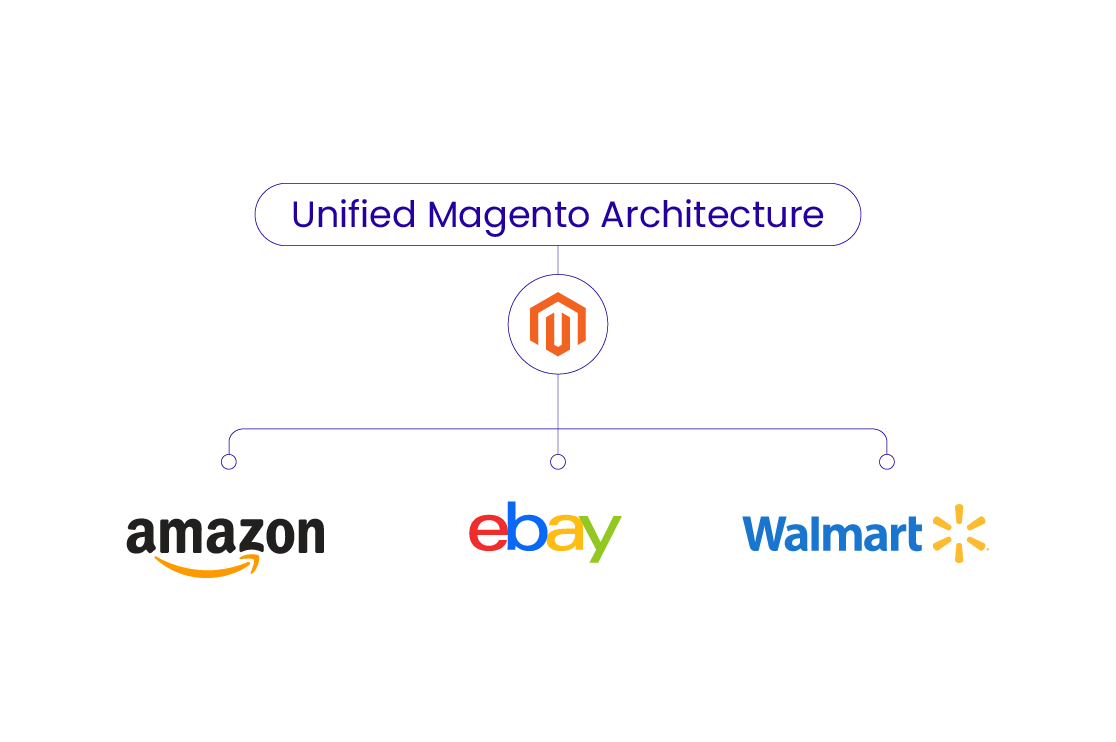
It’s about building a future-ready sync framework that scales with your channels, protects your margins, and empowers your team to move faster.
Modern sync begins with robust, bi-directional APIs. These connectors act as the glue between the magento website and platforms like Amazon, Walmart Marketplace, eBay, and even your ERP or PIM systems. Enable real-time data exchange for products, SKUs, orders, and customer info.
With API-driven architecture, you get instantaneous updates across all channels. This means no overselling. No missed orders. And no embarrassing “out of stock” messages on your flagship channels.
Having a centralized Magento ecommerce dashboard for omni-channel visibility means that you would not have to keep toggling between 5 different admin panels to know how your business is performing.
A single dashboard for managing & viewing live inventory across all warehouses and platforms, sales performance by channel, customer behavior and segmentation analytics, and sync status alerts.
How to Choose the Right Sync Method for Your Magento Store
Choosing the right integration path can make or break your scalability, agility, and data integrity. Here’s a quick breakdown of the most effective options for your Magento ecommerce store:
-
Native Extensions vs Custom APIs: Quick to deploy but limited. APIs offer full control and scalability—ideal for enterprise use.
-
Headless Commerce: Separates frontend and backend for ultimate flexibility across channels and devices.
-
Middleware/Connector Platforms: Tools like Celigo or Mulesoft speed up integration without heavy dev work—great for mid-sized teams.
-
Data Governance & Security: Ensures compliance (PCI, GDPR), encryption, and access controls. Syncing should never compromise security.
Action Plan: 5 Steps to Sync Magento with Other B2C Platforms
-
Step 1: Audit Your Current Stack: Identify existing platforms, integrations, pain points, and data flow gaps.
-
Step 2: Define Sync Objectives: Decide what you need to sync—inventory, orders, customer data—and how often.
-
Step 3: Choose the Right Integration Method: Select from native plugins, custom APIs, or middleware based on scale and complexity.
-
Step 4: Pilot with a Low-Risk Channel: Start with one platform (for example, Amazon or Walmart to test sync efficiency and performance.
-
Step 5: Monitor, Scale & Optimize: Track sync metrics, refine workflows, and expand to additional channels confidently.
Pro Tip: Download our Magento Sync Checklist to get your team aligned from Day 1.
Conclusion: CXO Takeaway
In the race to dominate multi-channel ecommerce, Magento store development and syncing with platforms like Amazon, Ebay, and Walmart isn’t optional—it’s strategic.
Disjointed systems lead to lost revenue, fractured customer experiences, and decision-making blind spots. A unified sync architecture gives you access to real-time visibility across platforms, faster fulfillment and reduced manual errors, actionable insights from consolidated data, and scalable infrastructure for future channels
FAQs
How often should data be synced across channels?For inventory, pricing, and orders, real-time or near real-time sync is ideal to prevent overselling and maintain accuracy. Sync frequency can be customized based on business needs.
What tools work best for Magento & Amazon sync?Top options include M2E Pro, CedCommerce, and Webkul. For custom needs, API integrations or middleware platforms like Celigo or Zapier work well.
Does syncing impact page load speed or performance of your Magento commerce store?Not if implemented correctly. Proper API management and asynchronous sync processes ensure frontend performance remains unaffected.
How secure is cross-platform data transfer?Highly secure—if built with encrypted APIs, tokenized authentication, and compliance protocols like PCI-DSS and GDPR. Enterprise-grade sync frameworks prioritize data protection.











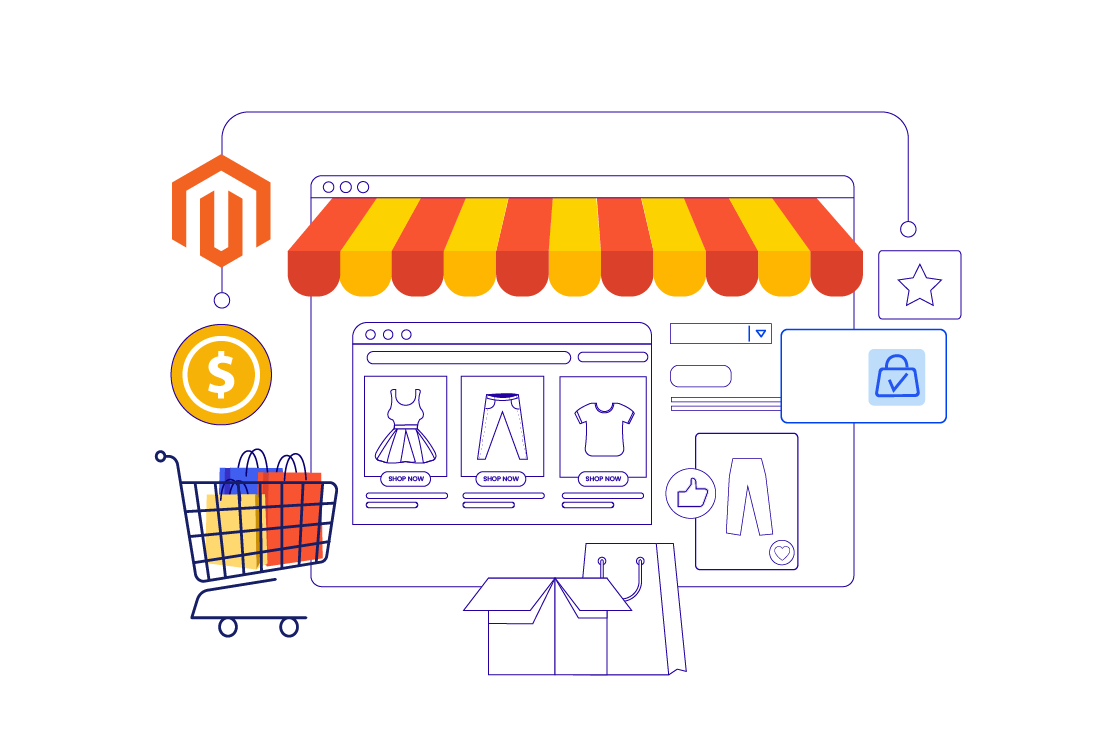
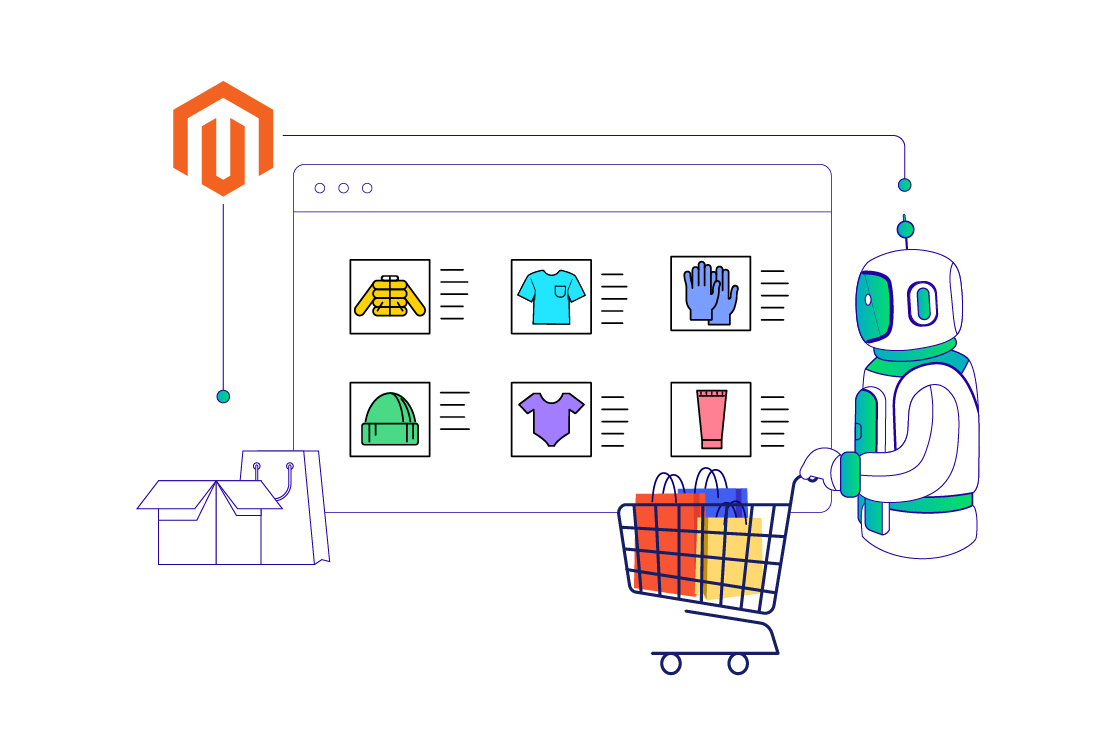 Magento AI Integration: Transform Your eCommerce Store Into an AI-Driven Revenue Engine
Magento AI Integration: Transform Your eCommerce Store Into an AI-Driven Revenue Engine 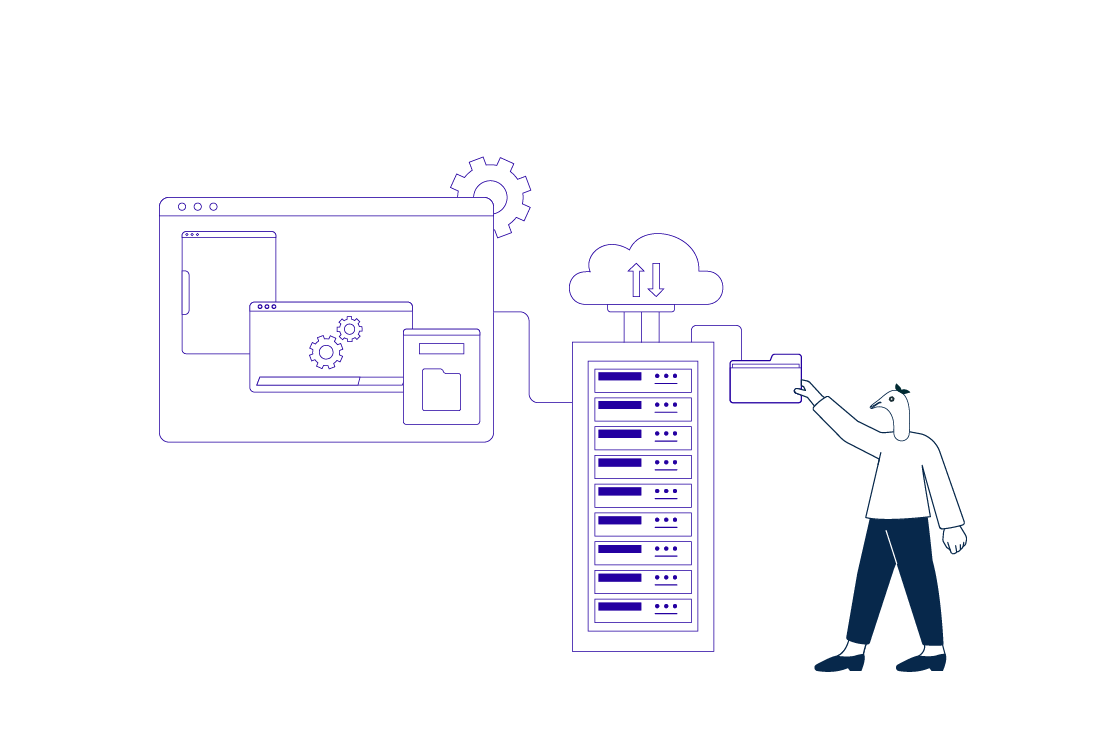 MACH Architecture for Unified Global Multi-Store Ecommerce: The Future of Headless Commerce
MACH Architecture for Unified Global Multi-Store Ecommerce: The Future of Headless Commerce 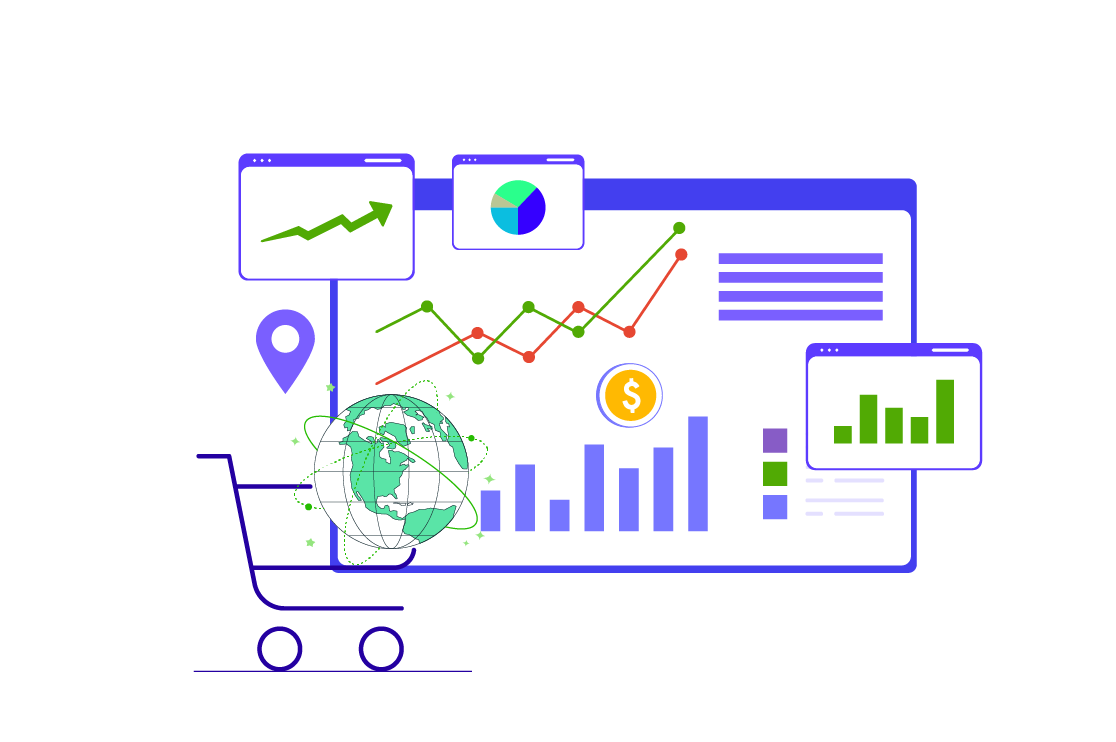 Setting Up Global Ecommerce Stores Without Duplicating Infrastructure
Setting Up Global Ecommerce Stores Without Duplicating Infrastructure 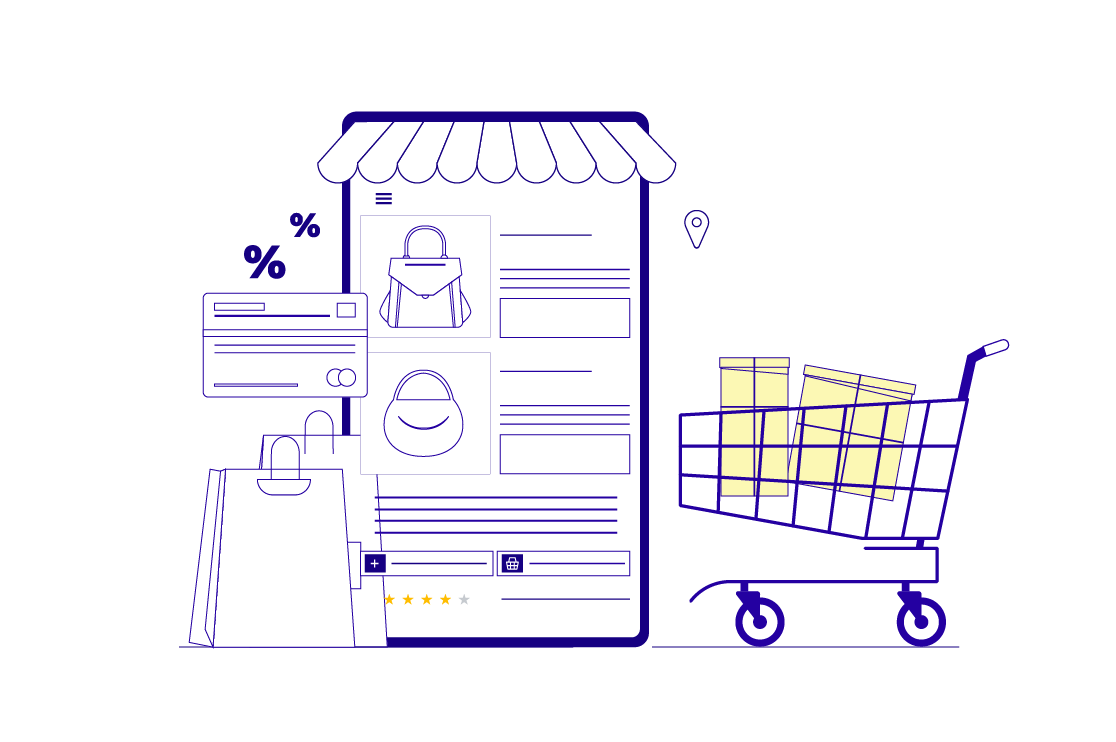 E-commerce Checkout Funnel: Why 60% of Your Customers Are Disappearing and What to Do About It
E-commerce Checkout Funnel: Why 60% of Your Customers Are Disappearing and What to Do About It 

